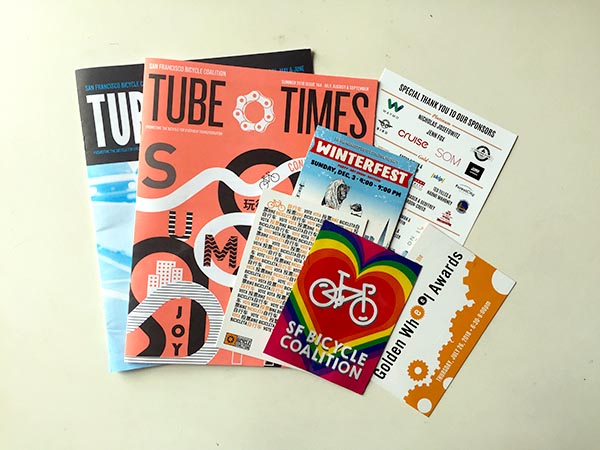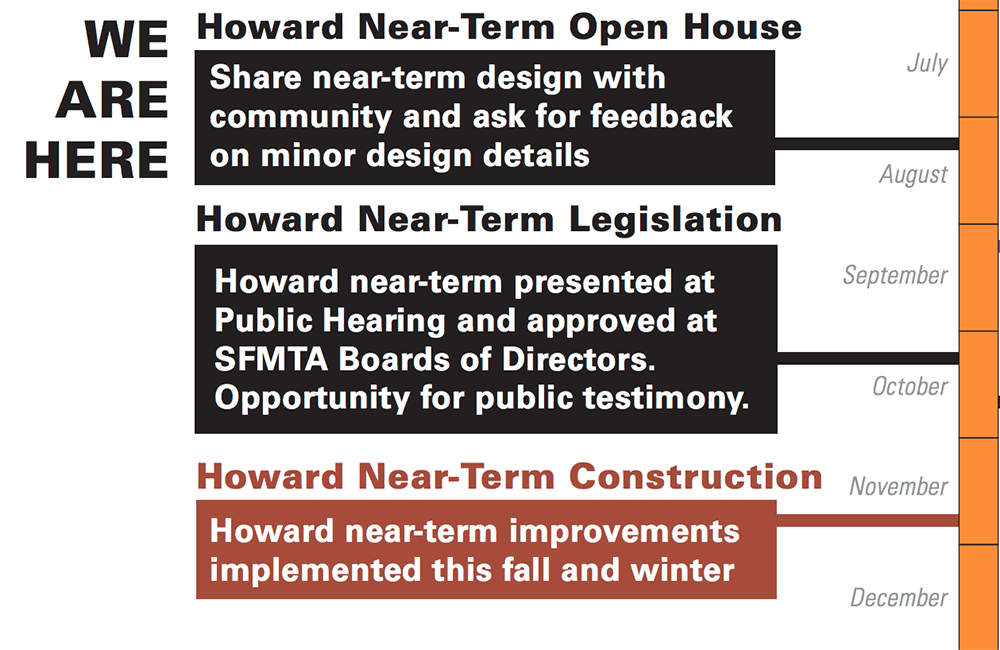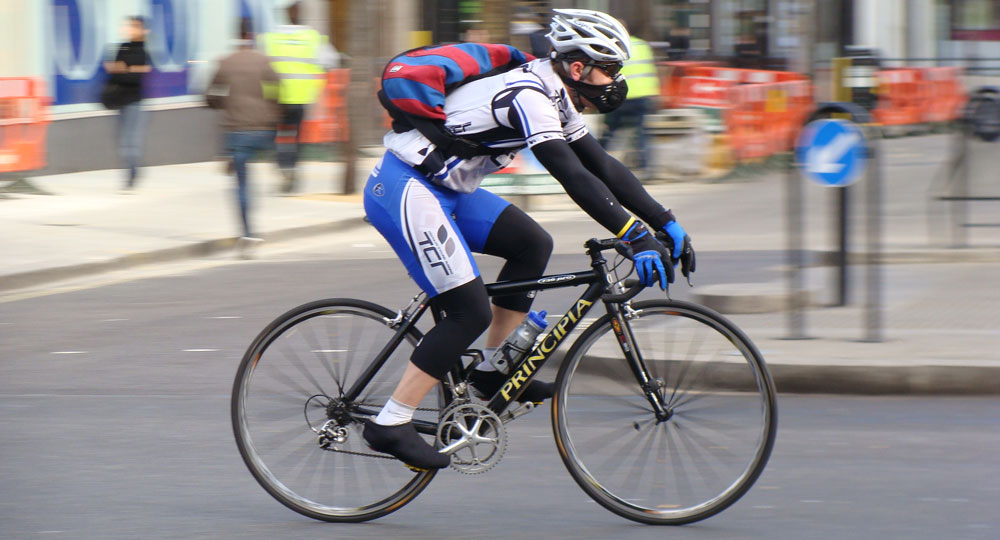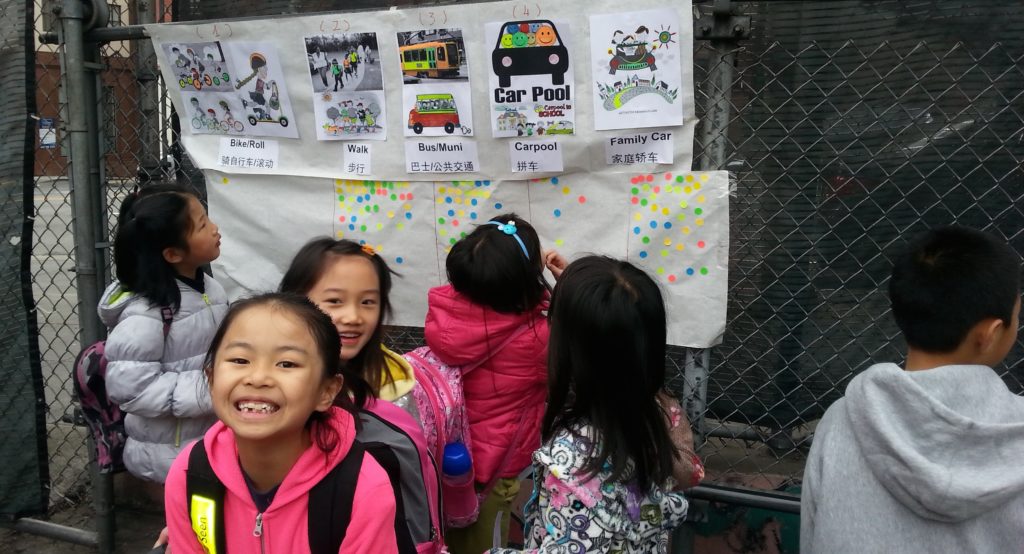It’s an exciting time for us at the San Francisco Bicycle Coalition, as we get to support our own advocacy director in her candidacy for the BART Board of Directors. After receiving questionnaires from four candidates and polling our members, the SF Bicycle Coalition Board of Directors voted on Tuesday evening to endorse Janice Li for BART Board District 8.
(Note: The SF Bicycle Coalition Board of Directors handled this endorsement separately from our other endorsements for November’s election in order to ensure a fair process for all candidates.)
We believe that a transit-friendly city is a bike-friendly city. When we improve our transit systems and make them more bike-accessible, we increase access to sustainable, affordable, and healthy transportation for all people. This is why we endorse for the BART Board, and why Janice is the best candidate for the job.
We sat down with Janice to ask her more about her background and her vision for BART.
You’ve been at the SF Bicycle Coalition for a while now. What motivates you?
I started as a community organizer in October 2013. My first week on staff was a roller coaster. On Day 2, I led my first-ever member committee meeting. On Day 4, 78-year-old Cheng Jin Lai was hit and killed while biking on 11th Street at Division. I regularly think back to Mr. Lai, especially after I met his children who were in grief after losing their father. I kept asking myself: Are we doing enough? Are we fighting hard enough for people like Mr. Lai to have space on our streets? And who has a seat at the table when decisions are made?
Those continue to be my guiding questions as I’ve grown into my role here and now serve as advocacy director, supporting our team of community organizers and leading our policy and legislative work. I’m honored to work for such a powerful organization that has such a rich and complex history, and I see my role here as being part of a social justice movement to redefine our streets and our city to be more beautiful, welcome and equitable spaces.
Transportation equity is a top priority for the SF Bicycle Coalition. How will you prioritize equity as a BART Director?
For a long time, BART had seen itself as an agency that runs trains; that was all they did and thought they needed to do.
Avoiding the human element has its costs, especially as a public agency. We’re seeing people experiencing homelessness take refuge at stations and BART has little to no resources to do anything — because they just run trains and don’t deal with homelessness, right? (By the way, let’s pass Prop C and get the resources we need, because the homeless crisis hurts all of us.)
And I’ve talked to so many people, particularly transit-dependent folks, who don’t use BART because it’s not affordable for them. Why isn’t there a monthly pass for BART beyond San Francisco? Why don’t they have discount programs like Free Muni for Youth?
Establishing an equitable fare policy and bringing more human services like social workers to BART will take funding, and I’m ready to continue my advocacy in coalition with others to urgently identify appropriate revenue sources to fund the needs that BART has so it can truly be the equitable and accessible system that our communities deserve.
What are your top priorities for making BART a great experience for those who bike?
There’s a huge overlap in access needs for people with disabilities and people who bike. For the most part, stations aren’t designed for people like us; we’ve got questionably functional elevators, terrible street infrastructure adjacent to stations, and fare gates that we can’t fit through. I’m proud to have won $350 million in station access improvements as part of the successful 2016 BART Bond measure, a measure that had 81% voter approval among SF voters. We need to see those funds delivered effectively so that improvements are made urgently, whether that’s brand new elevators and escalators or more high-quality bike parking at stations.
When it comes to access, we all know that bicycle and pedestrian connections to BART stations are terrible, but we’re not seeing the street safety improvements we need and BART is rarely at the table. BART should be the #1 advocate for Better Market Street, to overhaul our downtown corridor and put in protected bike lanes from the Embarcadero to Octavia. BART should be the #1 advocate for street safety improvements along Ocean Avenue, because Balboa Park Station continues to be incredibly inaccessible, being surrounded by some of the city’s most dangerous streets. And I’m ready to bring leadership and make sure BART is at the table for these conversations.
I know our members are eager to know – if elected, will you continue your important work to fight for infrastructure and policy improvements for people who bike in SF?
Absolutely. I’m maintaining my full-time role as Advocacy Director during this campaign and would certainly continue on even if elected to the BART Board.
Want to support a bike- and transit-friendly SF? Volunteer for Janice’s campaign today.
Learn More About Janice
Volunteer With Janice




